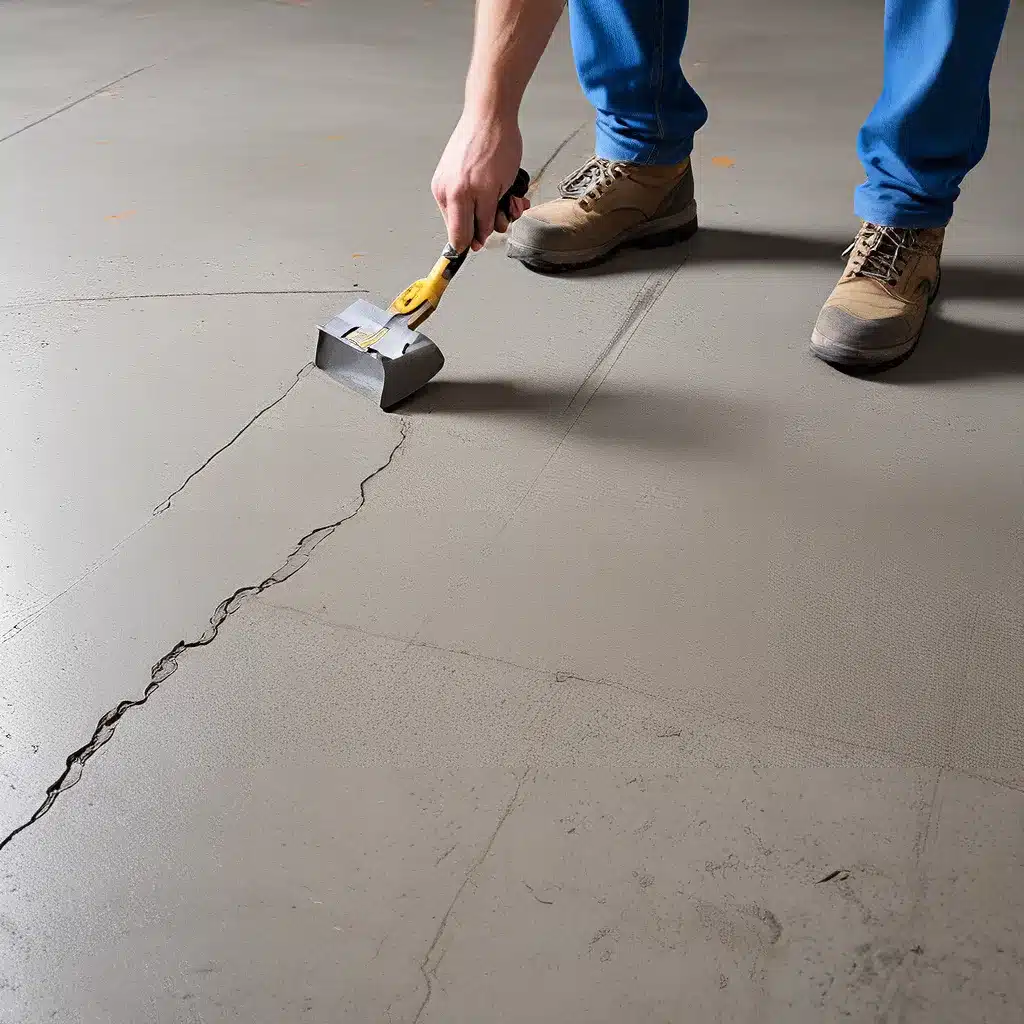
Cracked walls can significantly impact the aesthetic appeal and structural integrity of any property. Understanding the causes and implementing effective repair methods are crucial for maintaining a healthy and attractive home. This guide will explore simple solutions for patching and repairing cracked walls, offering practical advice and step-by-step instructions for a variety of situations. We’ll delve into determineing varied types of cracks, appropriate materials for repair, and the optimal techniques to prevent future damage. Ready to tackle your cracked walls? Let’s dive in!
determineing the Problem: Understanding Types of Cracks
Types of Wall Cracks
Cracks in walls can arise from various sources, each demanding a specific approach to repair. Knowing the type of crack helps determine the appropriate repair method. varied types include hairline cracks, wider cracks, and structural cracks. Hairline cracks are often superficial and can be effectively addressed with simple patching techniques. Wider cracks, however, may indicate underlying structural issues and should be treated with more caution. Understanding the specific type of crack is essential for choosing the appropriate repair method and avoiding potential complications.
Choosing the Right Materials for Repair
Essential Materials and Tools
Proper material selection is key to a achievementful wall repair. For patching hairline cracks, a high-quality patching compound is typically sufficient. Consider using a compound specifically designed for interior walls. This compound needs to be appropriately cured according to the manufacturer’s instructions. For wider cracks, you might need a stronger bonding agent like epoxy or polyurethane. A variety of tools may also be necessary, including putty knives, sandpaper, and possibly specialized tools, depending on the severity of the damage. These can scope from basic tools for small repairs to more advanced tools required for extensive repairs.
Related Post : do it yourself repair shop
Preparation is Key: Preparing the Surface for Repair
Cleaning and Priming
Preparation is critical for a lasting repair. Thoroughly clean the affected area, removing any loose debris or old paint. Ensure the area is completely dry before applying the patching compound. Priming the surface is crucial for proper adhesion. This helps the repair material bond firmly to the wall, preventing the crack from reoccurring. Proper preparation ensures that the patch will be effective and long-lasting. This includes making sure that the wall is clean, dry, and stable.
Patching Techniques for Effective Repair
Applying the Patch
Applying the patch requires precision and attention to detail. For hairline cracks, apply a thin layer of patching compound using a putty knife, smoothing it evenly. Allow the compound to dry completely. If the crack is wider, you may need to apply multiple layers, allowing each layer to dry thoroughly before applying the next. Carefully sand the patch to blend it seamlessly with the surrounding wall after drying. Following manufacturer’s instructions is crucial to ensure that the patch will adhere well and not be affected by factors such as moisture or sunlight.
Finishing Touches: Painting and Sealing
Finishing the Repair
Once the patch is dry, finish the repair by carefully painting the area to match the surrounding wall. select a paint that is compatible with the patching compound. This step ensures a smooth and seamless finish, restoring the wall’s aesthetic appeal. If the crack is visible in the painted area, consider using a touch-up paint to blend the patch completely with the existing wall. Ensure your work is aesthetically appealing and blends in seamlessly with the rest of the home’s structure and decor.
In conclusion, repairing cracked walls is a multifaceted task that demands careful planning and execution. By following the steps outlined in this guide, you can effectively patch and repair cracked walls, restoring their aesthetic appeal and structural integrity. Remember to prioritize the use of quality materials, and if the cracks are severe, consult a professional for expert advice. Ready to tackle your cracked walls? Get started with our thorough guide!